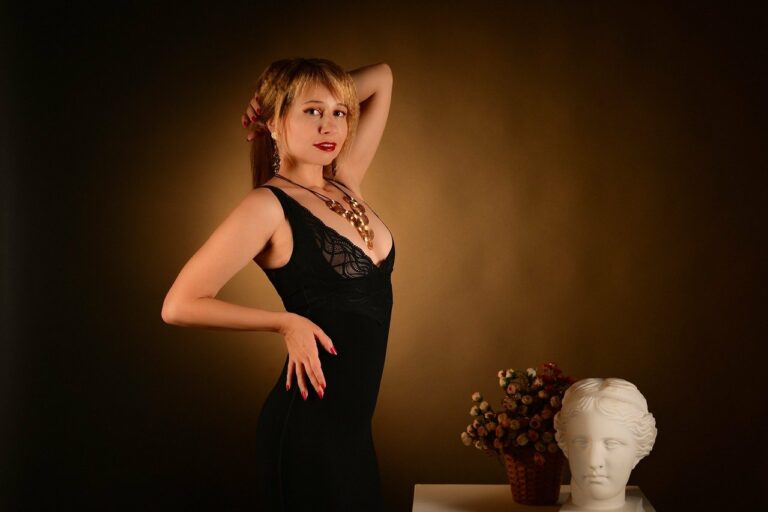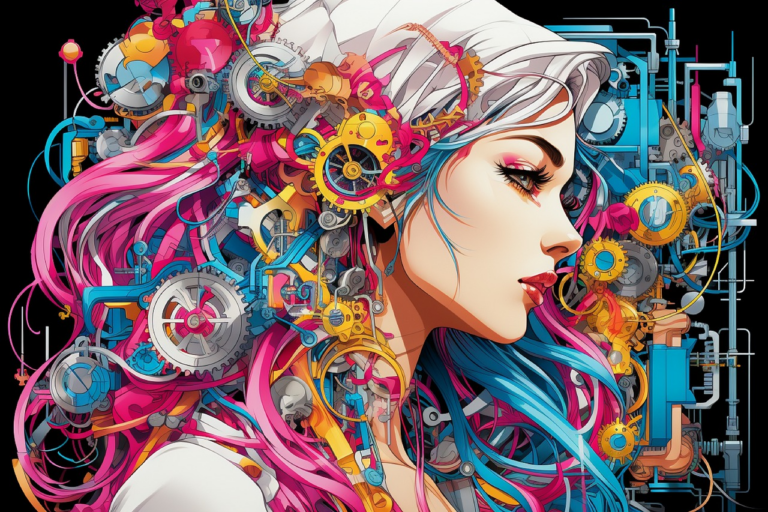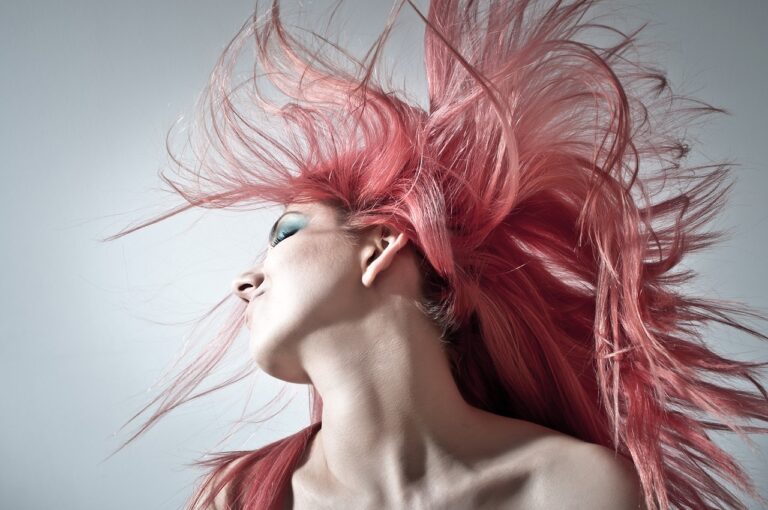Exploring the Influence of Retro Futurism on Modern Fashion
Retro futurism emerged as a cultural movement in the mid-20th century, gaining popularity in art, design, and literature. It drew inspiration from the futuristic visions of the past, particularly the early 20th century’s idea of what the future would look like. This genre often incorporates elements of technology, sleek design, and a sense of optimism about the possibilities of the future.
The concept of retro futurism is intertwined with the rapid technological advancements of the time, such as space exploration and the rise of consumerism. It reflects people’s fascination with the unknown and their desire to imagine what the future might hold. Artists and designers embraced this aesthetic, creating works that combined nostalgia for the past with a vision of what could be, ultimately shaping the way we perceive the future.
Key Characteristics of Retro Futurism
Retro futurism is marked by its fusion of past aesthetics and futuristic elements. It often seeks to recreate what people in the past thought the future would look like, incorporating retro design elements with advanced technology. This style is characterized by a sense of nostalgia for a futuristic vision that was once imagined.
One key characteristic of retro futurism is the use of sleek, metallic surfaces and sharp angles. Spaceships, robots, and technology in retro futurism often feature reflective surfaces and geometric shapes, conveying a sense of advanced technology and innovation. Additionally, retro futurism often incorporates a color palette of bright, neon hues that evoke a sense of energy and dynamism.
The Impact of Retro Futurism on Fashion Trends
Retro futurism has significantly influenced contemporary fashion trends, with designers drawing inspiration from the futuristic visions of the past to create new and innovative looks. The fusion of retro elements like metallic fabrics, exaggerated silhouettes, and bold colors with modern cuts and fabrics has resulted in a unique aesthetic that resonates with today’s fashion-forward consumers. By reimagining past interpretations of the future, designers are able to create pieces that feel both nostalgic and forward-thinking.
One key aspect of retro futurism in fashion is the emphasis on technological innovation and unconventional materials. Designers often incorporate elements like holographic fabrics, LED lights, and robotic-inspired details into their collections, pushing the boundaries of traditional fashion design. This futuristic approach not only captures the imagination of consumers but also challenges the norm by introducing innovative techniques and materials into the world of fashion.
Retro futurism has significantly influenced contemporary fashion trends
Designers draw inspiration from futuristic visions of the past to create new looks
Fusion of retro elements with modern cuts and fabrics results in a unique aesthetic
Pieces feel nostalgic yet forward-thinking
One key aspect of retro futurism in fashion is the emphasis on technological innovation and unconventional materials.
Designers often incorporate:
Holographic fabrics
LED lights
Robotic-inspired details
This pushes the boundaries of traditional fashion design and introduces innovative techniques and materials into the industry.
What is retro futurism?
Retro futurism is a design aesthetic that draws inspiration from depictions of the future as seen from the past.
When did retro futurism first emerge?
Retro futurism emerged in the mid-20th century, particularly during the 1950s and 1960s.
What are some key characteristics of retro futurism?
Some key characteristics of retro futurism include sleek lines, metallic accents, futuristic shapes, and a nostalgic nod to past visions of the future.
How has retro futurism influenced fashion trends?
Retro futurism has influenced fashion trends by inspiring designers to incorporate futuristic elements into their designs, such as metallic fabrics, space-age silhouettes, and bold geometric patterns.
Is retro futurism still relevant in fashion today?
Yes, retro futurism continues to be a popular theme in fashion, with designers frequently drawing inspiration from past visions of the future to create modern, cutting-edge looks.







